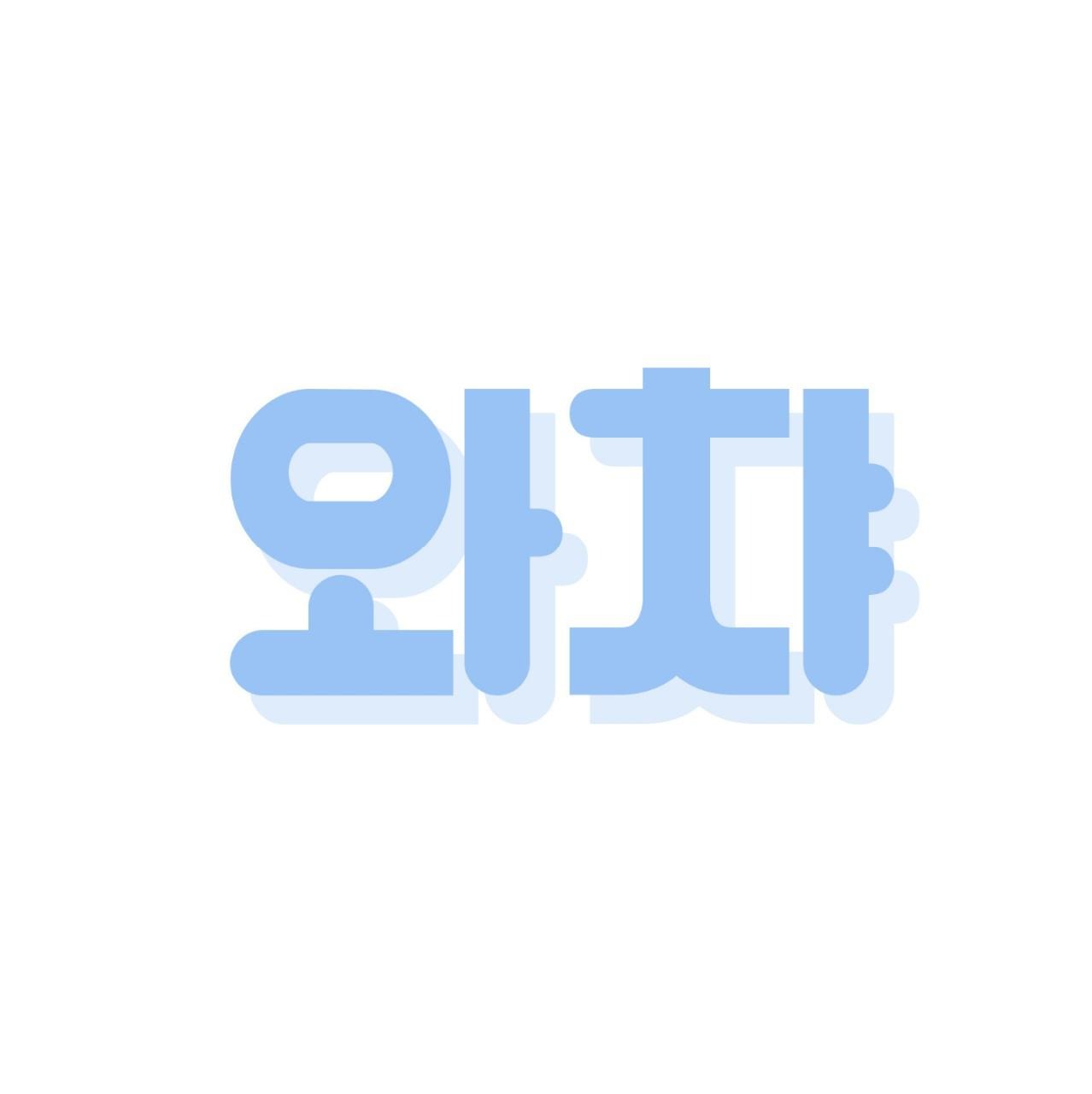와챠의 우당탕탕 개발 기록장
[OpenCV] 얼굴인식 스노우 카메라 쉽게 따라만들기 / 사물인식 YOLO v4 실습하는 영상 본문
반응형
3.얼굴인식 스노우 카메라 쉽게 따라만들기 - Python
https://www.youtube.com/watch?v=tpWVyJqehG4
# 사용할 라이브러리 선언
import cv2, dlib, sys
import numpy as np
# 영상 크기 10분의 3만큼 줄이기
scaler = 0.3
# detector 초기화
detector = dlib.get_frontal_face_detector()
# 학습된 모델 넣기
predictor = dlib.shape_predictor('shape_predictor_68_face_landmarks.dat')
# 영상 로드
# cv2.VideoCapture(0) 이면 웹캠
cap = cv2.VideoCapture('samples/A.mp4')
# 얼굴 위에 붙일 png 이미지 로드
overlay = cv2.imread('samples/ryan_transparent.png', cv2.IMREAD_UNCHANGED)
face_roi = []
face_sizes = []
# 무한 반복
while True:
# 프레임 단위로 읽기
ret, img = cap.read()
# 영상 끝나면 종료
if not ret:
break
# 프레임 10분의 3만큼 축소
img = cv2.resize(img, (int(img.shape[1] * scaler), int(img.shape[0] * scaler)))
# 원본 이미지 저장
ori = img.copy()
# 얼굴 찾기
if len(face_roi) == 0:
faces = detector(img, 1)
else:
roi_img = img[face_roi[0]:face_roi[1], face_roi[2]:face_roi[3]]
# cv2.imshow('roi', roi_img)
faces = detector(roi_img)
# 얼굴 없을 경우
if len(faces) == 0:
print('no faces!')
# 얼굴 특징점(랜드마크) 추출
for face in faces:
if len(face_roi) == 0:
dlib_shape = predictor(img, face)
shape_2d = np.array([[p.x, p.y] for p in dlib_shape.parts()])
else:
dlib_shape = predictor(roi_img, face)
shape_2d = np.array([[p.x + face_roi[2], p.y + face_roi[0]] for p in dlib_shape.parts()])
# 얼굴에 68개의 점 그리기
for s in shape_2d:
cv2.circle(img, center=tuple(s), radius=1, color=(255, 255, 255), thickness=2, lineType=cv2.LINE_AA)
# 얼굴 중심 구하기
center_x, center_y = np.mean(shape_2d, axis=0).astype(np.int)
# compute face boundaries
min_coords = np.min(shape_2d, axis=0)
max_coords = np.max(shape_2d, axis=0)
# draw min, max coords
cv2.circle(img, center=tuple(min_coords), radius=1, color=(255, 0, 0), thickness=2, lineType=cv2.LINE_AA)
cv2.circle(img, center=tuple(max_coords), radius=1, color=(255, 0, 0), thickness=2, lineType=cv2.LINE_AA)
# 얼굴 크기 계산(자연스럽게 스티커 붙이기 위함)
face_size = max(max_coords - min_coords)
face_sizes.append(face_size)
if len(face_sizes) > 10:
del face_sizes[0]
mean_face_size = int(np.mean(face_sizes) * 1.8)
# compute face roi
face_roi = np.array([int(min_coords[1] - face_size / 2), int(max_coords[1] + face_size / 2), int(min_coords[0] - face_size / 2), int(max_coords[0] + face_size / 2)])
face_roi = np.clip(face_roi, 0, 10000)
# 얼굴에 스티커 붙이기(자연스러운 위치 넣으려고 +8, -25로 이동)
result = overlay_transparent(ori, overlay, center_x + 8, center_y - 25, overlay_size=(mean_face_size, mean_face_size))
# 원본, 랜드마크, 스티커 붙인 화면 출력
cv2.imshow('original', ori)
cv2.imshow('facial landmarks', img)
cv2.imshow('result', result)
if cv2.waitKey(1) == ord('q'):
sys.exit(1)
# ----------
# 얼굴 가릴 스티커를 영상에 띄우는 함수
# background_img를 center x, center y, 중심으로 overlay_size사이즈만큼 리사이즈해서 영상에 붙여줌
def overlay_transparent(background_img, img_to_overlay_t, x, y, overlay_size=None):
bg_img = background_img.copy()
# convert 3 channels to 4 channels
if bg_img.shape[2] == 3:
bg_img = cv2.cvtColor(bg_img, cv2.COLOR_BGR2BGRA)
if overlay_size is not None:
img_to_overlay_t = cv2.resize(img_to_overlay_t.copy(), overlay_size)
b, g, r, a = cv2.split(img_to_overlay_t)
mask = cv2.medianBlur(a, 5)
h, w, _ = img_to_overlay_t.shape
roi = bg_img[int(y-h/2):int(y+h/2), int(x-w/2):int(x+w/2)]
img1_bg = cv2.bitwise_and(roi.copy(), roi.copy(), mask=cv2.bitwise_not(mask))
img2_fg = cv2.bitwise_and(img_to_overlay_t, img_to_overlay_t, mask=mask)
bg_img[int(y-h/2):int(y+h/2), int(x-w/2):int(x+w/2)] = cv2.add(img1_bg, img2_fg)
# convert 4 channels to 4 channels
bg_img = cv2.cvtColor(bg_img, cv2.COLOR_BGRA2BGR)
return bg_img
4. 사물인식 YOLO v4 실습하는 영상
https://www.youtube.com/watch?v=hxwEqXCgQO4
import tensorflow as tf
import core.utils as utils
from tensorflow.python.saved_model import tag_constants
import cv2
import numpy as np
# config 상수화
MODEL_PATH = './checkpoints/yolov4-416'
IOU_THRESHOLD = 0.45
SCORE_THRESHOLD = 0.25
INPUT_SIZE = 416
# 모델 로드
saved_model_loaded = tf.saved_model.load(MODEL_PATH, tags=[tag_constants.SERVING])
infer = saved_model_loaded.signatures['serving_default']
def main(video_path):
# 비디오 로드
cap = cv2.VideoCapture(vidio_path)
# 캡쳐가 오픈 되어있을 때까지 루프
while cap.isOpend():
# 캡쳐 됐는지...
ret, img = cap.read()
# 캡쳐 안 됐으면 끝
if not ret:
breke
# 전처리
# 이미지 읽기
img = cv2.imread(video_path)
# 색 채널 변경
img = cv2.cvtColor(img, cv2.COLOR_BGR2RGB)
# INPUT_SIZE만큼 리사이즈
img_input = cv2.resize(img, (INPUT_SIZE, INPUT_SIZE))
img_input = img_input / 255.
# 차원 추가
img_input = img_input[np.newaxis, ...].astype(np.float32)
# 넘파이 배열을 텐서로 변경
img_input = tf.constant(img_input)
# 로드한 모델에 넣기
pred_bbox = infer(img_input)
# pred_bbox 후처리
for key, value in pred_bbox.items():
boxes = value[:, :, 0:4]
pred_conf = value[:, :, 4:]
# nms 사용해서 IOU_THRESHOLD 만큼 SCORE_THRESHOLD 넘는 것만 고르기
boxes, scores, classes, valid_detections = tf.image.combined_non_max_suppression(
boxes=tf.reshape(boxes, (tf.shape(boxes)[0], -1, 1, 4)),
scores=tf.reshape(
pred_conf, (tf.shape(pred_conf)[0], -1, tf.shape(pred_conf)[-1])),
max_output_size_per_class=50,
max_total_size=50,
iou_threshold=IOU_THRESHOLD,
score_threshold=SCORE_THRESHOLD
)
# 기준 넘는 거 박스 그리기
pred_bbox = [boxes.numpy(), scores.numpy(), classes.numpy(), valid_detections.numpy()]
result = utils.draw_bbox(img, pred_bbox)
# 출력
result = cv2.cvtColor(np.array(result), cv2.COLOR_RGB2BGR)
cv2.imshow('result.png', result)
if cv2.waitKey('q') == ord('q'):
break
if __name__ == '__main__':
img_path = './data/A.mp4'
main(img_path)....
반응형
'이런 저런 공부' 카테고리의 다른 글
| [프로그래머스] 기초, 연습 문제 끗 (0) | 2025.04.11 |
|---|---|
| [BigData] "달에 쓰는 일기": 일기 데이터로 단어 빈도 추출하기 (0) | 2023.05.28 |
| [OpenCV] opencv 기초 + tracking (0) | 2023.03.19 |
| [협업/Git/Jira 기초] #3 컴공 팀 프로젝트가 처음인 분들께... 💛Git/Commit Convention (0) | 2023.03.06 |
| [협업/Git/Jira 기초] #2 컴공 팀 프로젝트가 처음인 분들께... 🧡Pakage Convention (0) | 2023.03.02 |
Comments





